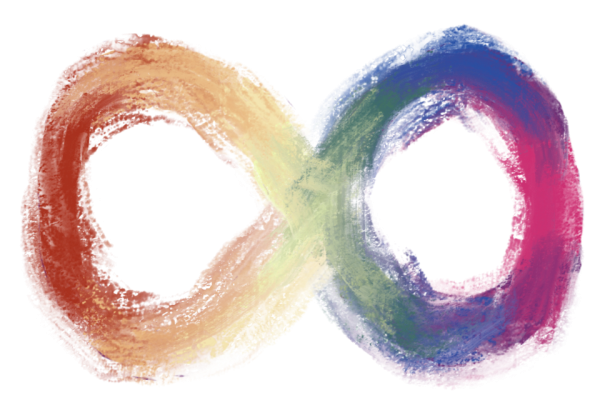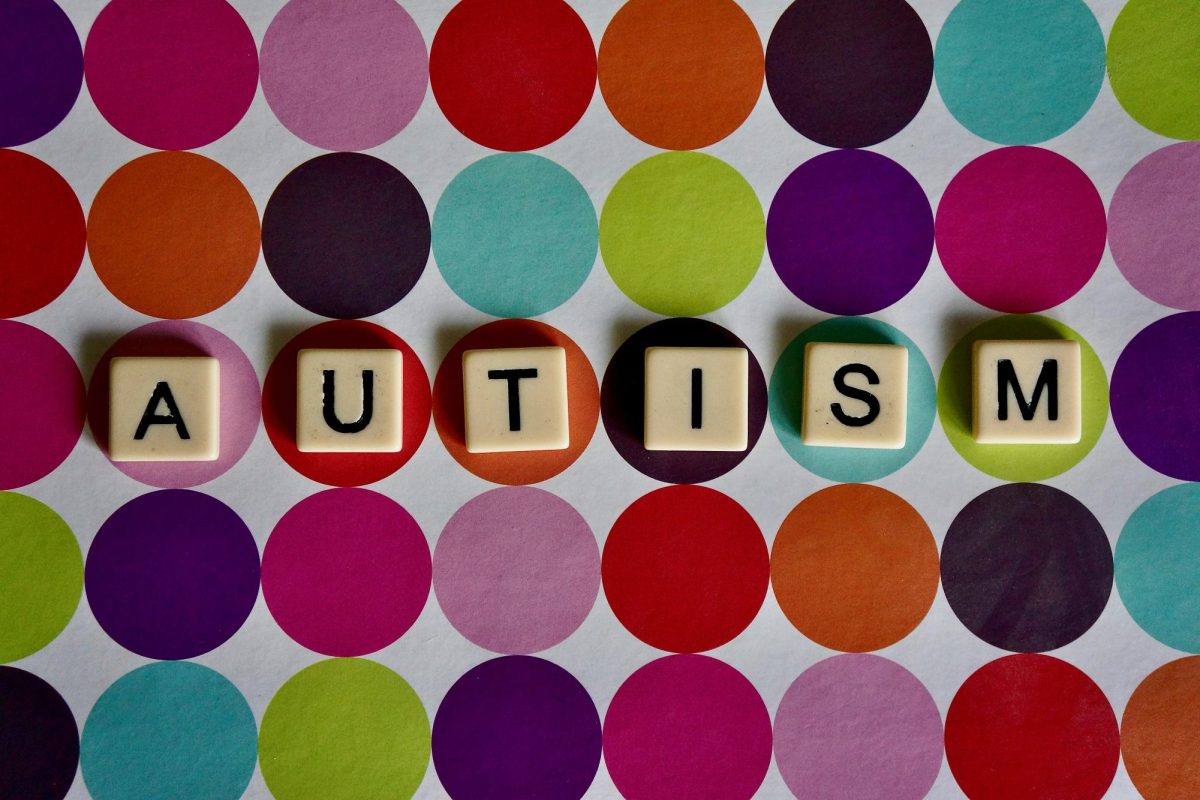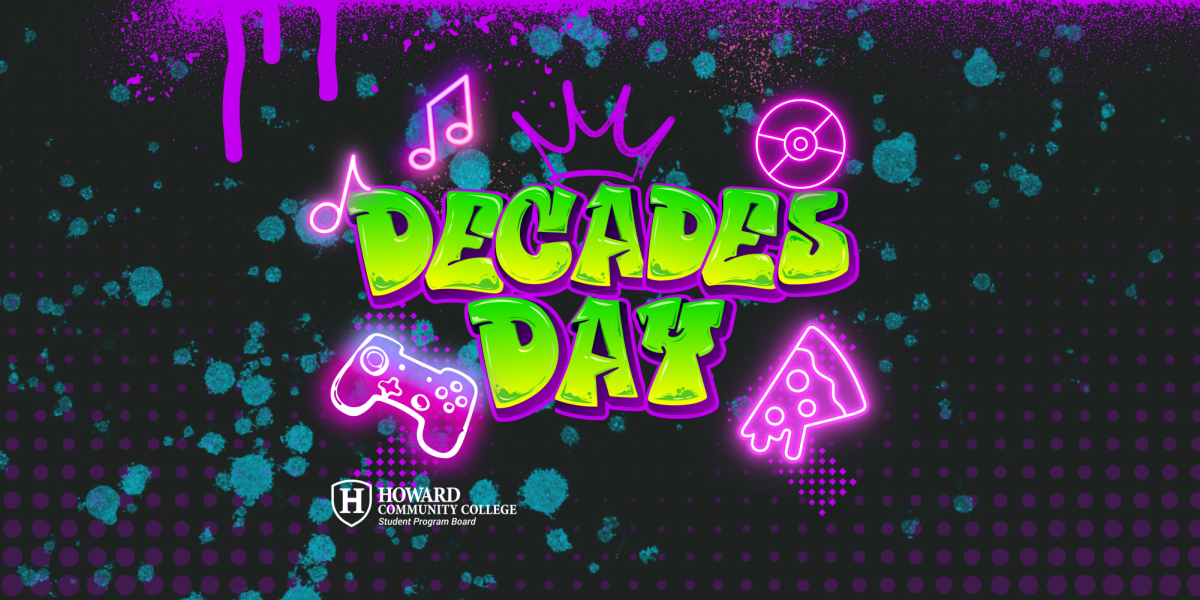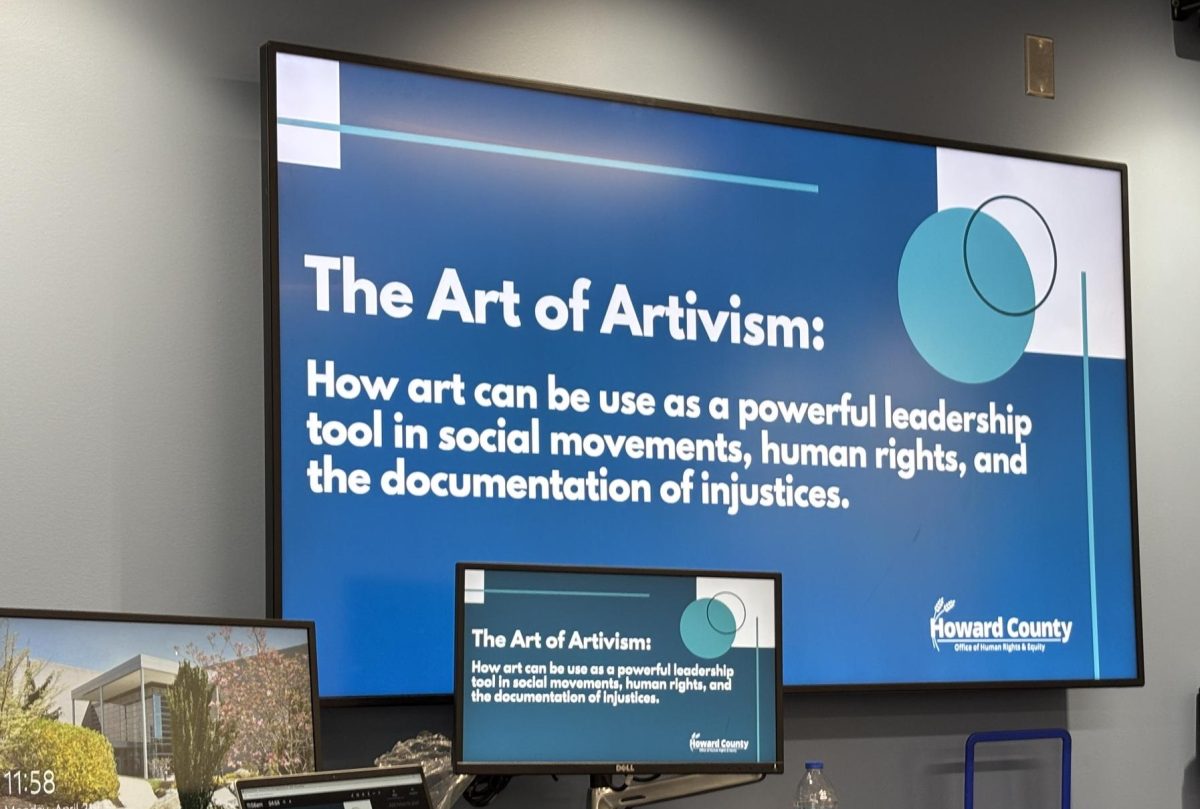Autism Spectrum Disorder (ASD) is a neurodevelopmental condition that shapes how a person communicates, processes information, and experiences the world. The term “spectrum” reflects the degree of diversity within the autistic community — ranging from individuals who are nonverbal to those on the opposite end, and from people who thrive in structured routines to those who explore the world through unique sensory experiences.
Autism is often diagnosed at a young age; however, many also are diagnosed later in life. Autistic people may exhibit traits such as deep focus, unique social expressions, or heightened sensitivity to sound, touch, or light. These characteristics are often misunderstood — but they are simply different ways of interacting with the environment.
The earliest documented use of the word “autism” dates back to 1911, when Swiss psychiatrist Eugen Bleular used it to describe a withdrawal into one’s inner world. For much of the 20th century, autism was misconceived, misdiagnosed, and viewed through a deeply pathologizing lens.
ASD is not a disease or something to be “cured” or erased. Rather, it is a lifelong neurological difference. Thanks to the tireless work of autistic self-advocates and researchers, the conversation has shifted dramatically, and their voices continue the fight to reframe autism as a valid natural variation of human neurobiology.
Autistic individuals bring richness and original essence to this beautifully diverse world. Many possess a remarkable capacity for pattern recognition, memory retention, or visual thinking. Others bring radical empathy, innovative design thinking, and a refreshing clarity to social dynamics — not to mention astounding creativity, unique problem-solving, and unwavering honesty.
Autistic voices are increasingly leading conversations about inclusion, accessibility, and identity. Their perspectives challenge long-held beliefs about communication, education, and what it means to be “normal.” In doing so, they invite society to become more curious, more compassionate, and more inclusive.

Representation is vital. In recent years, the Netflix series “Love on the Spectrum” has offered viewers an intimate, honest, and often heartwarming look at dating through the eyes of autistic individuals. The series follows young adults on the spectrum as they navigate love, vulnerability, and connection — on their terms.
While there are many captivating elements of the show, its refusal to frame autism as a barrier to love is what makes it resonate so deeply. It celebrates autistic people’s unique expressions of affection and sincerity. Most importantly, it has been praised by many autistic viewers for portraying romance and neurodiversity with respect and tenderness.
While no media representation is perfect, “Love on the Spectrum” challenges stereotypes and affirms something beautifully simple; Love is not reserved for the neurotypical. Love is for everyone, and everyone deserves it.

Listening to autistic people — reading their books, following their advocacy, and supporting autistic-led organizations — is essential to shifting from passive awareness to active acceptance.
Happy Autism Awareness Month!









